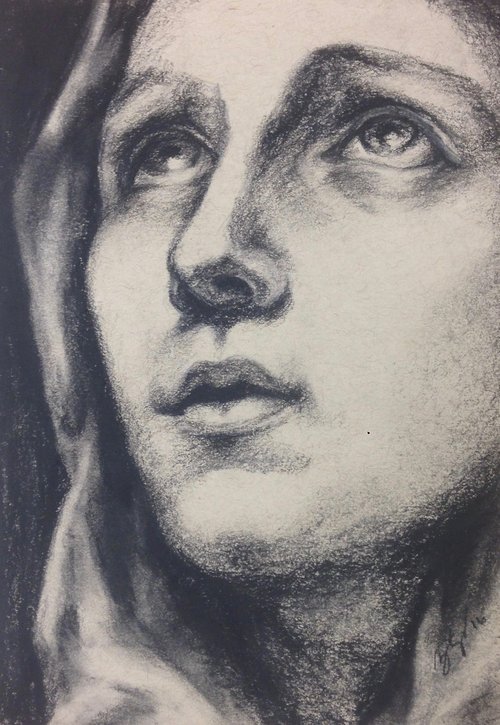
The ultimate end of our lives, as proposed by Jesus Himself, appeals to every human heart. Kateri was humble in her requests to be admitted to the sacraments of initiation, but from the time the seeds of faith had been planted in her heart by her mother, a deep longing for God was begun that drove her – despite her shyness – to ask to receive them. The faith was never imposed on Kateri – she was not forced to abandon her Native American beliefs. The message of faith brought her heart to an intimate relationship not with a great spirit, but with the man-God. Kateri tasted this Love in such a radical way, that the sufferings she could endure liberated her spirit to cling only to that Love. Her love for mortification brought her to an early death, but her love for Jesus brought her a fullness of life even before she died.
Bl. Kateri, the daughter of a Christian Algonquin mother, who had been taken captive by the Mohawk Indians, and of a pagan Mohawk father, was born at Ossernenon (today’s Auriesville, New York) in April 1656. Because she was born at sunrise, she was given the name Ioragade (“Sunshine”). As a result of a smallpox epidemic (1659), she lost her parents, and she was subsequently brought up by an aunt. Because Kateri’s vision had been weakened by the disease, and because she walked with her hands extended in front of her, her uncle gave her the name Tekakwitha (“who stretches out her hands”). Kateri remembered the rudiments of the Catholic faith that her mother had instilled in her, and when Jesuit missionaries visited the camp in 1667, she hesitated, in her shyness, to ask about the God whom her mother had worshiped. It was only in 1675 that she asked the missionary, who then resided at the camp, about becoming a Christian. She was baptized on Easter Sunday, April 5, 1676, and was given the name Kateri (Catherine). Because she had been harshly treated by her aunt and uncle since her conversion, the missionary suggested that she secretly go to the Indian settlement at Caughnawaga, near Montreal, where other Catholic Mohawks were then living. She arrived there in October 1677 and made her First Communion that Christmas. Her three years there were years of peace; she prayed and cared for the sick and elderly. Due to excessive acts of penance, her health failed, and she died at Caughnawaga on April 17, 1680. She was beatified by Pope John Paul II in 1980. The monument, which marks the site of her original tomb, bears the inscription: “the most beautiful flower that blossomed.” read more


